How To Permanently Prevent Condensation In Your Home
Condensation in the home is very common, especially in new build homes where the property is built to be as “air-tight” as possible to retain heat.
Retaining heat is certainly advantageous in keeping the property warm and energy-efficient, unfortunately, it has the negative effect of providing the perfect environment for condensation to occur.
In this article, we will be exploring what condensation is, how and why it forms and then how to permanently prevent its occurrence in your property or family home.
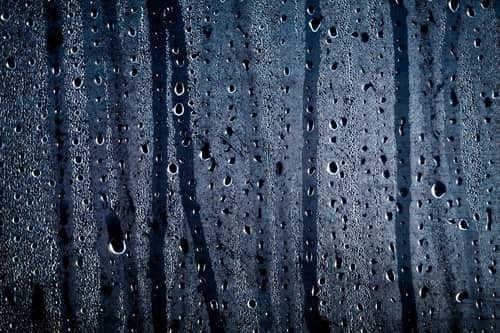
Condensation can be reduced in a property by opening windows, ensuring there is a constant flow of fresh and dry air through the entire property, using extractor fans whilst cooking, keeping the temperature constant in each room and drying clothes outdoors whenever it is possible.
What is condensation?
Wikipedia
Most condensation in the home occurs when warm, moisture heavy air comes into contact with a cool surface. As the air is cooled, it can no longer hold as much water vapor. This leads to deposition of water on the cool surface.
As you can see, excessive moisture in a property can lead to condensation when it lands on a cooler surface.
The most common reasons for excessive levels of moisture being in the air in newbuild properties are the following:
- Cooking
- Boiling kettles
- Bathing
- Drying clothes indoors
- Ironing
Limiting these activities would certainly be a way of reducing overall humidity levels which lead to condensation formation, however, in the modern home, these are essential, daily activities that cannot be limited in any practical way.
This is why it is important to find practical ways that you can lower humidity levels (and therefore condensation levels) whilst maintaining your regular activities as you would normally.
Why is it a problem?
Excessive moisture build-up and condensation can cause a great deal of damage to the materials used in building construction.
It can cause wood to rot, corrosion of metals and weakening of the mortar between bricks and other masonry.
These issues are expensive to fix and would continue to occur if the underlying issue was not resolved.
Another major factor to watch out for with condensation is that when excessive moisture is mixed with the warmth generated from central heating systems, mould has the perfect breeding environment to thrive.
The majority of mould types are not harmful to humans, but are unsightly and can lead to staining and damage to the surfaces it grows on.
There are however mould types that are toxic to humans and can worsen asthma symptoms, cause allergic reactions and can potentially lead to life-threatening inflammatory responses.
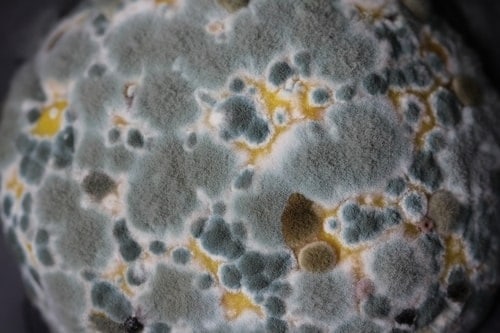
You may find that condensation is more of an issue to you during the colder months of the year. This is because of the temperature difference between the cold external air and the warm internal air, which allows water vapour to condense on windows and walls.
In the summer months, the temperature differences between internal and external air are not as vast, so condensation is not usually an issue. However, just because condensation mostly appears during the cooler months of the year, does not mean that high humidity levels in your home should not be of concern to you.
Why does it occur more in newer buildings?
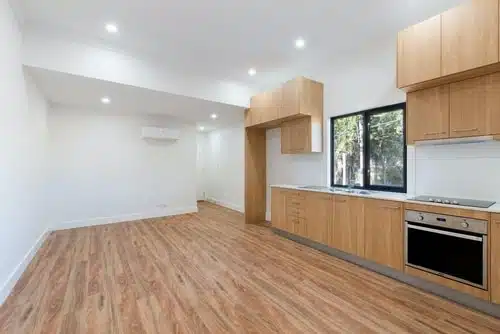
New-build properties are built to be as energy-efficient as possible.
Draughts and poor insulation are some of the main causes of heat loss from a property, so the mission for new-builds is to make them as insulated and air-tight as possible.
The negative side-effect this has is that properties built in this way no longer have the ability to “breathe”, which means there is no longer a flow of fresh air circulating within it.
Small gaps have been filled with improved insulation, double glazing and better draught exclusion techniques.
Without this flow of fresh air, there is little to no air circulation, which allows stale and moisture-laden air to accumulate.
When the moisture level in the air builds up, it will start to form droplets on cooler parts of the property. This usually occurs on uninsulated walls or windows that tend to be the coolest areas.
You will typically see water droplets forming around the edges of windows, around the walls that support a window frame or on bathroom mirrors and shower screens.
If you see this formation occurring, it is a good sign that you need to address your condensation and humidity levels before you start to see damage to your property.
Quick fixes for condensation control
Whilst a quick fix is not recommended as they are not permanent solutions, if you are in need to quickly remedy a condensation issue whilst you formulate a plan for a longer-term solution, you can use these tips.
1. Buy a hygrometer
A digital hygrometer will constantly monitor the humidity levels in any room that it is put in. If you place several throughout a property, you will get a good overall knowledge of the average humidity levels of your home.
You will also be able to spot any problem areas that generate or contain the highest levels of moisture. The information can help you to formulate a long term strategy for eliminating excess moisture levels.
2. Open windows during high humidity times
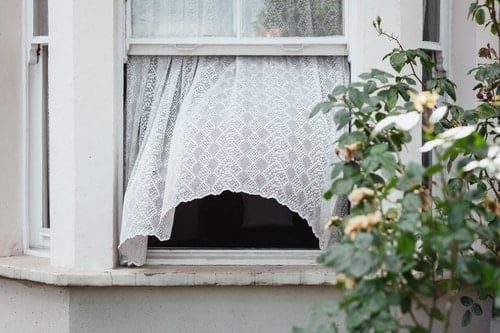
Using your hygrometer will let you see any points in the day where moisture levels in your home rise to a high level.
These will typically be during cooking, whilst washing is drying, or during times of the day where there are people bathing such as morning and evenings.
3. Remove carpets from bathrooms
It’s no longer fashionable, but another great reason to remove any carpets from bathrooms is that they retain moisture.
The water that remains in the carpet will evaporate and add additional moisture into the air. This will increase the humidity levels in a home and make condensation and mould growth more likely.
4. Create airflow
Make use of the warmer parts of the day by opening a window on the lower floor of the home and another on a higher level. Warm air rises, so cool air will enter the property through the lower levels and exit on the upper levels, taking with it the stale and moisture-laden air.
For flats and apartments, a close substitute for this is to open several windows in different rooms at the same time.
Fresh air at different temperatures entering the property will still create movement and airflow. Ensure internal doors are also open to allow the air to flow through the entire property.
In colder months of the year, it may seem counter-intuitive to open the windows, however, even having them open for twenty minutes per day should be long enough to keep the air fresh and dry.
5. Reduce bathing time
Bathing does not have to be eliminated completely, of course, however, reducing the length of time that people are bathing for will reduce the amount of water vapour that is evaporating into the air.
Opening a window in the bathroom a small amount whilst showering and ensuring the door stays shut after use until the steam has been allowed to escape, prevents water vapour travelling through the property and creating condensation.
Is there a permanent solution?
The previous tips were short term fixes and should only be used as temporary measures until you have a long term strategy.
Listed below are some of our top tips to permanently reduce the humidity levels and therefore levels of condensation in your property.
1. Airbricks and vents
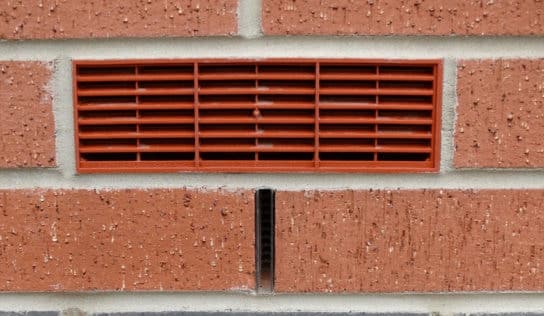
Install airbricks and vents through the lower and upper floors of a property, with vents leading to the loft cavity if there is one. This will allow a constant airflow and allow some of the moisture to travel up and out.
They are small enough to allow just the right amount of air in, without causing unpleasant draughts and without drastically lowering the internal temperature of your home.
If the outside ground level is too high for you to be able to install airbricks, you can make use of periscope air bricks.
2. Add extractor fans to bathrooms and kitchens
Opening a window is a simple solution to creating airflow in a bathroom or kitchen, however, it is by no means the most effective.
A bathroom extract fan or kitchen extractor fan constantly draws moisture out of a room and straight to the exterior of the property. It can perform this at a much higher rate of extraction than would be possible be only opening a window.
Modern extractor fans are neither noisy nor expensive to run and can be set up to use humidity sensors, timers or pullcords to active them.
When an extractor fan is set up to use a humidity sensor, it will only stop running once the moisture level in a bathroom or kitchen has lowered to a pre-set level.
This is one of the most effective ways of using an extractor fan, as if left to a run on timer or pullcord option, a large amount of humidity could still be in the air when the unit stops running.
3. Increase the temperature in your home
Increasing the temperature of your home means it is less likely that you will have cooler areas where it is easy for condensation to form.
Increasing the temperature by just a few degrees should be ample to make condensation formation very difficult.
However, the issue with this option is obviously that the costs of heating your home will go up slightly.
4. Ensure your home is properly insulated
Insulating homes is what has to lead to increased moisture levels as was explained at the start of this article.
However, one of the main reasons that condensation forms on walls is because there is a temperature difference between that wall and another. Water vapour will only condensate on the coolest surfaces of the home such as walls near window frames and window panels.
By making sure that all windows are double glazed and all walls are properly insulated, water vapour in the air will struggle to be able to find a surface that is sufficiently cool enough for it to form.
5. Install a PIV unit
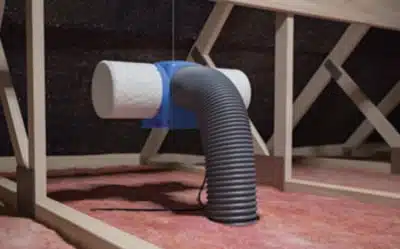
Last but not least, the most effective long term solution to condensation buildup in a property is to install a PIV unit also called a “positive input ventilation unit”.
These are cost-effective units that can either be installed in loft cavities or in places without lofts, such as flats or apartment blocks.
A PIV unit will constantly measure the humidity levels in any property it is installed in and adds fresh filtered air under pressure. The increased pressure this creates generates a constant flow of air throughout, as it replaces the old air by forcing it out through any small gaps that are present in any build, no matter how well built.
A PIV unit is an investment that may be slightly more expensive than an exactor fan, however, it pays for itself with its efficiency and ease of use.
i-sells.co.uk supplies some of the UK’s top PIV units and has hundreds of positive reviews for just how efficient the units have been.
Our most popular models are:
Conclusion
The key to preventing condensation in a property is adequate ventilation, insulation and extraction.
With appropriate airflow, condensation will flow naturally out of open windows and through naturally forming gaps in a building.
Ensuring that a property is insulated to a very high standard is essential to prevent water molecules from finding cooler surfaces to gather.
The final step is to extract as much water vapour from the air as possible. This can be achieved with bathroom and kitchen extractor fans and PIV units.
Condensation is easily remedied without spending a lot of money, some simple steps will help you to reduce the amount of condensation in your home, but they will not be helpful in the long term.
It is the recommendation of i-sells.co.uk that you install either a bathroom and kitchen fan or a PIV unit that can control your entire property with just one unit.
If you have any further questions regarding condensation or mould control that you would like to speak to someone about, please call me of our advisors on 020 8463 9696.
If you would like to browse through our extensive range of bathroom and kitchen fans or PIV units, please use the links below.

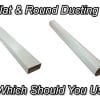
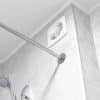
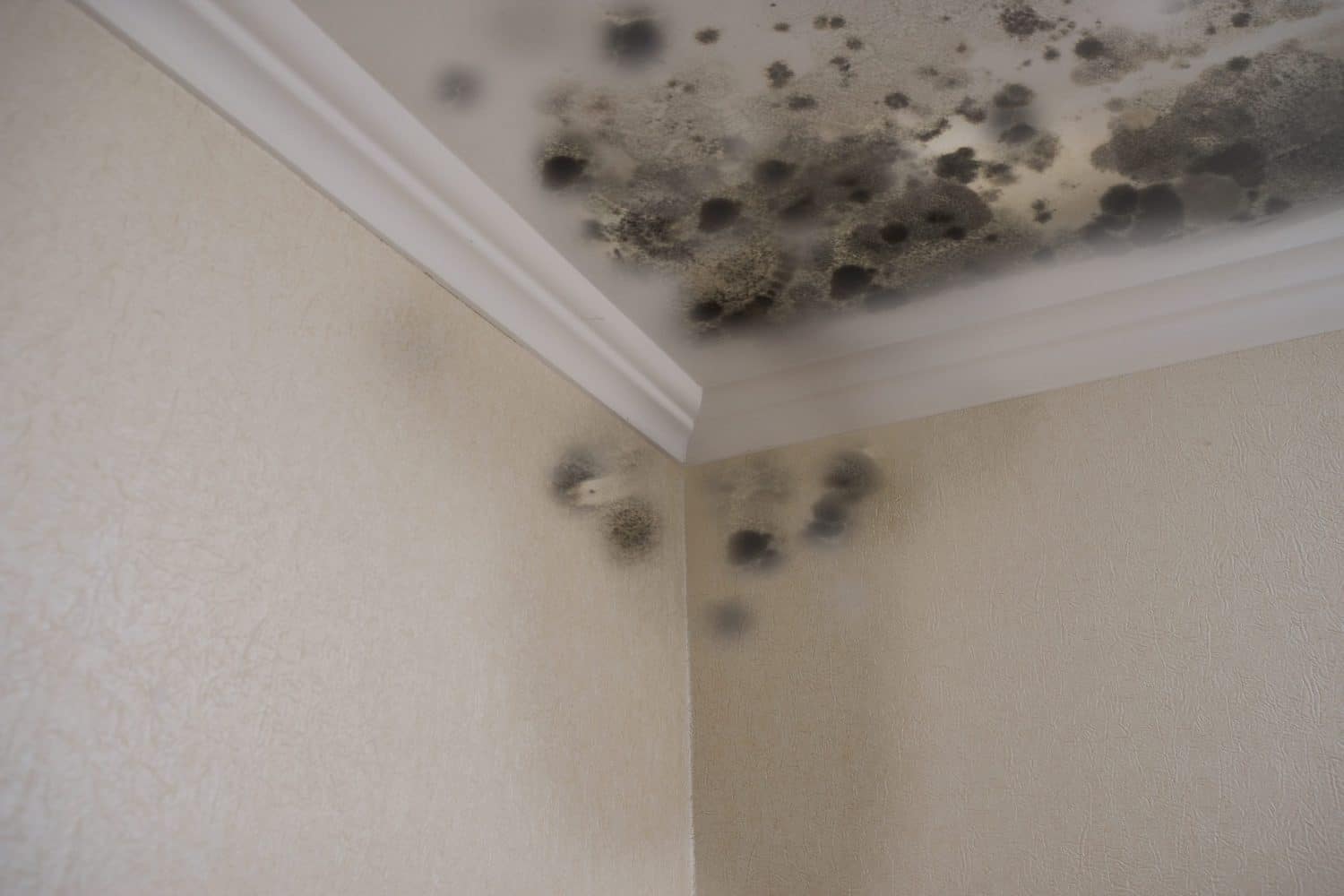

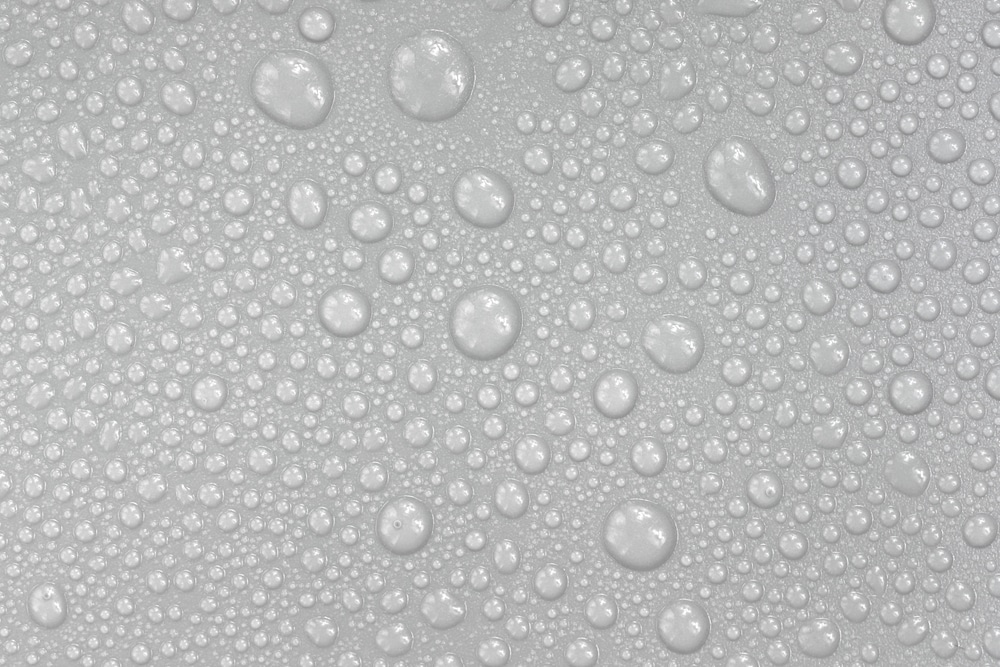

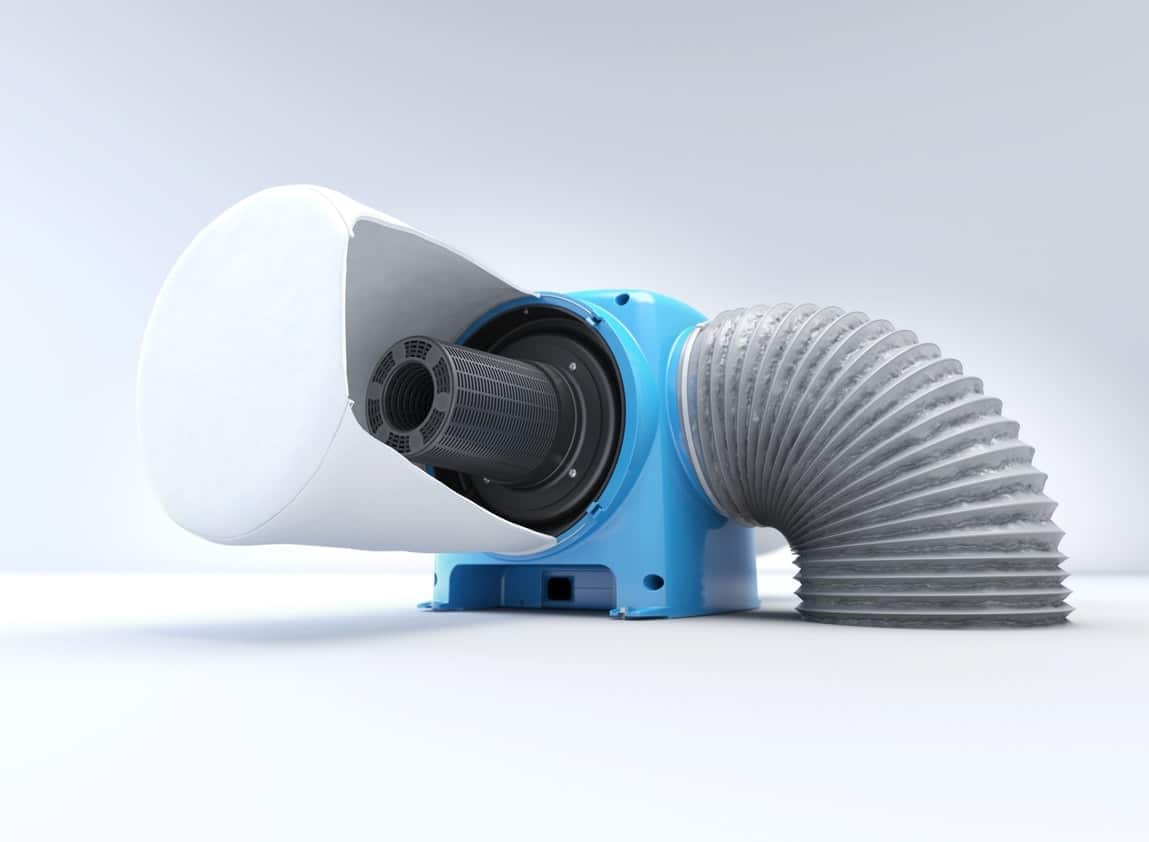









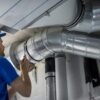


















Add comment
You must be logged in to post a comment.